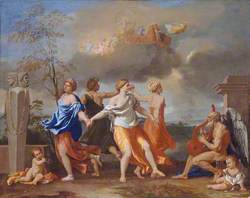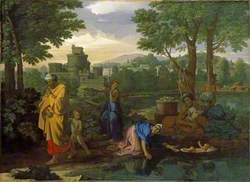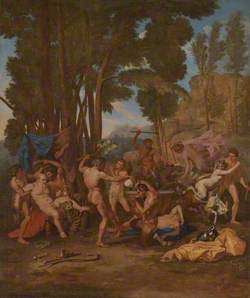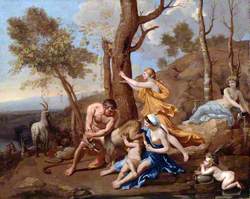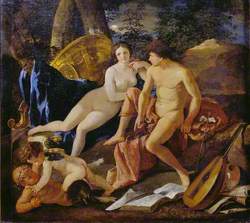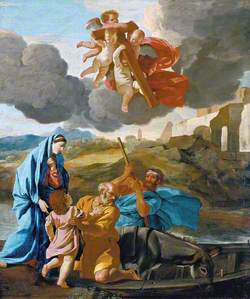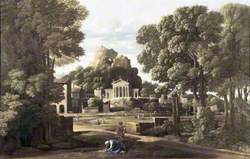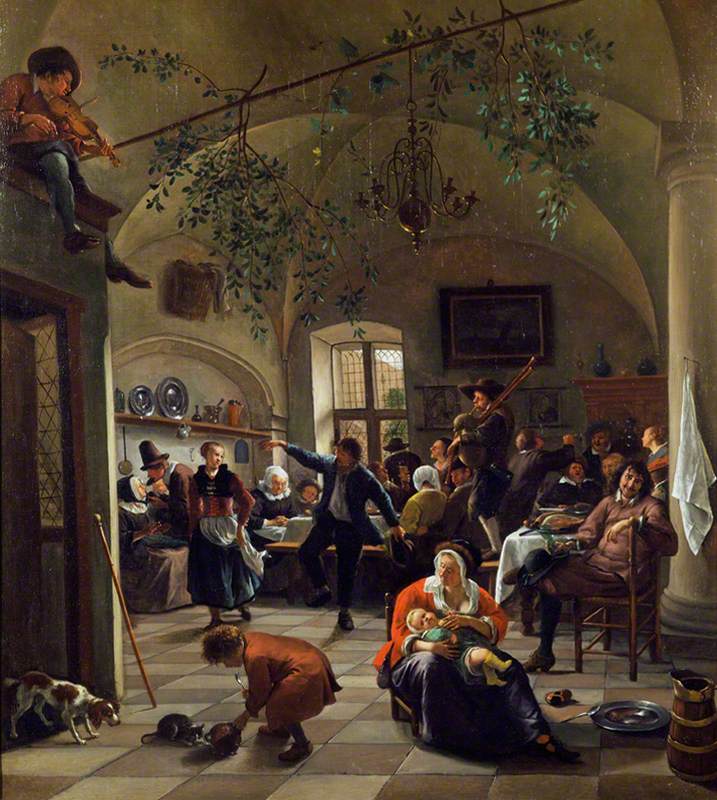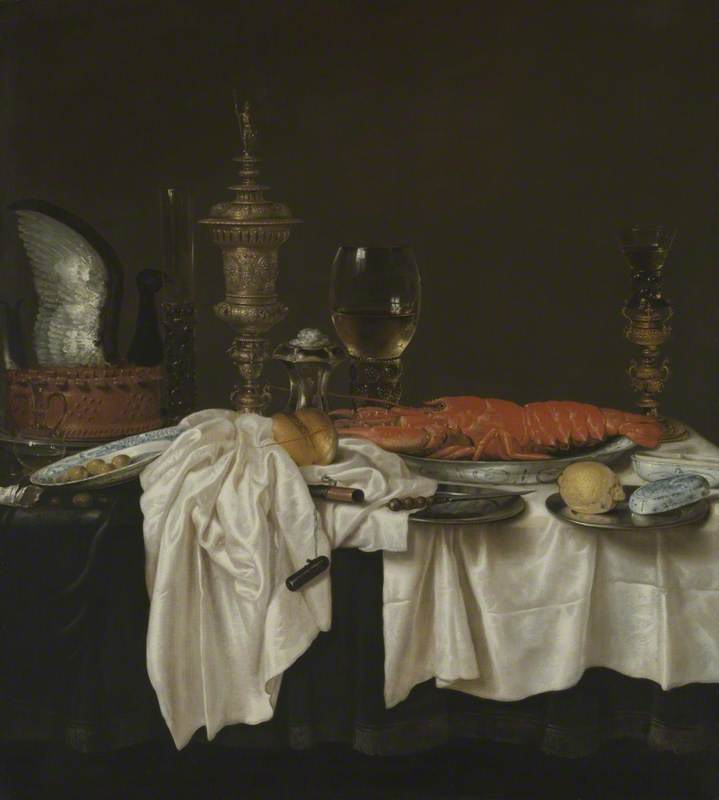How you can use this image
This image can be used for non-commercial research or private study purposes, and other UK exceptions to copyright permitted to users based in the United Kingdom under the Copyright, Designs and Patents Act 1988, as amended and revised. Any other type of use will need to be cleared with the rights holder(s).
Review the copyright credit lines that are located underneath the image, as these indicate who manages the copyright (©) within the artwork, and the photographic rights within the image.
The collection that owns the artwork may have more information on their own website about permitted uses and image licensing options.
Review our guidance pages which explain how you can reuse images, how to credit an image and how to find images in the public domain or with a Creative Commons licence available.
Buy a print or image licence
You can purchase this reproduction
If you have any products in your basket we recommend that you complete your purchase from Art UK before you leave our site to avoid losing your purchases.
Notes
Add or edit a note on this artwork that only you can see. You can find notes again by going to the ‘Notes’ section of your account.
In this wild party, men and women dance around a term -- a carved bust of a bearded and horned man. This is traditionally identified as Pan, god of woods and fields, flocks and herds, although the statue could also be Priapus, god of gardens and fertility, who wears floral garlands and exposes his genitalia.The grapes and dancing suggest that this is a Bacchic festival, like those held during ancient Roman times to encourage a successful harvest. In art and literature, partygoers at these events enjoy excessive drinking and fulfil their sexual desires, suggested here by the discarded vessels and exposed skin. The nymphs or frolicking female followers of the god Bacchus are accompanied by a lustful satyr, with horns and hairy, goat-like legs.
Title
A Bacchanalian Revel before a Term
Date
1632-3
Medium
Oil on canvas
Measurements
H 98 x W 142.8 cm
Accession number
NG62
Acquisition method
Bought, 1826
Work type
Painting


